
The Rationale Behind Coffee Water Ratios
Brewing coffee can be as exact or as approximate of a procedure as you like, but to brew a consistently good cup of joe, you’ll definitely need to be on top of your coffee to water ratios. Before diving into exact ratios and how to measure them out, let’s take a look at a few reasons why coffee water ratios even exist and why they can really level up your coffee brewing experience.
1. A Baseline for Experimentation
One of the great things about brewing your own coffee is that it is an intensely personal experience. Coffee water ratios give you a great baseline to begin from, but at the end of the day, you can experiment and tweak standard ratios to create your own ratios.
2. Easy for measurement
Another reason why ratios are used instead of measurements in grams or ounces is that with a ratio, all measurement types are equally valid and applicable. This makes it easy to ensure consistency no matter which part of the world you are in since different units of measurement can all be applied equally to the same coffee water ratios.
3. Great for Replication
Having a baseline ratio and slowly experimenting to find the coffee water ratio that works best for you is tremendously fun, but it should also be treated as a scientific exercise – if you intend on repeating your results consistently. This means that you should always keep a record of the ratios you enjoy so that you can replicate them often and accurately.
How to Measure Coffee Water Ratios Accurately
We’ll get into the coffee water brewing ratios soon, but first, let’s take a look at a few important tips to keep in mind when measuring out your coffee and water.
- Use a digital scale for accurate results. This is especially important since coffee grinds can vary greatly in density.
- You can use coffee scoops to measure your coffee grinds, but these will be much less accurate than using a digital scale.
- Do not eyeball your water, as this will always result in a brew that tastes different with every batch.
The Golden Cup Coffee Water Ratio
The golden cup ratio was devised by Professor E.E. Lockhart of MIT University in the 1950s. It states that for every unit of coffee, you should have 18 units of water, which equals a coffee water ratio of 1:18.
While this is a great launching point, it is not without its drawbacks. Let’s take a look at a few of these issues and why a 1:18 ratio of coffee might not actually be that golden, after all.
- The golden cup ratio requires the brewer to be able to measure TDS (total dissolved solids). Most home baristas won’t have the knowledge, tools, or time to bother with something so technical.
- This ratio was made in the 1950s and coffee tastes have changed since then. Today, a 1:18 ratio of coffee would probably yield a result that is too watery and thin for most people’s tastes.
- If you like milk in your coffee, the golden cup ratio doesn’t take this into account at all. This would make the ratio useless for many popular types of coffee like lattes, mochas, and cappuccinos.
- The golden cup ratio assumes people have access to the right type of water, high-quality beans, and have perfect brew technique. Hardly a fair standard by which to judge the majority of home baristas, who just use the ingredients easily available for a good cup of coffee to kickstart their day.
Different Types of Coffee Water Brewing Ratios
Based on how you brew your coffee, you can try out the following ratios and tweak them according to your liking.
Regular: 1:15 (66g (2.3oz) coffee /1liter (33.8floz) water)
This ratio is perfect for those who want a standard cup of coffee and are using standard equipment. This ratio can also stand up to the addition of milk, and also tastes great if you prefer your coffee black.
French Press: 1:14 (71g (2.5oz) coffee/ 1liter (33.8floz) water)
If you use an immersion or fusion method for your coffee, then go for a stronger coffee water ratio of 1:14. You want to use a stronger ratio for French Press because it is actually a less-efficient brewing method than pour-over coffees. This is because when using a French Press, a higher percentage of water will be trapped in the coffee grounds. Because of this, you want the extracted coffee ratio to be a little higher.
Pour-Over: 1:16 (62.5g (2.2oz)/ 1 liter (33.8floz) water)
Since pour-over extraction are more efficient than French Press coffee extraction, you can use a lower coffee to water ratio. Use a coffee water ratio of 1:15 if you prefer your coffee to pack more of a kick.
Drip Coffee: 1:15 (66g (2.3oz) coffee /1liter (33.8floz) water)
For this type of coffee, it is best to use a grinder and ensure that your coffee is ground up at a medium setting for the best results.
What About Espresso Ratios?
Calculating the ratio of espresso is totally different from that of other coffees. Whereas we refer to the amount of coffee to water in the brewing process for other types of coffee, with espresso, it’s too difficult to know how much water was used in the brewing process if a coffee machine is used. As a result, espresso is measured in a ratio of weight in, weight out. So, for example, if you have 18 grams in and end up with 36 grams of espresso, this means you have a brew ratio of 1:2.
As a general rule of thumb, a 1:2 ratio for espressos results in a thick and syrupy shot, while a 1:3 ratio is lighter and can highlight hidden flavors more.
Extract the Best From Your Coffee
Now that you know all about coffee water ratios, you will be able to brew amazing cups of coffee regularly and consistently. It is still important to remember that these are just general guidelines and you should try your hand at experimenting with how you enjoy your coffee. Once you find a ratio that works for you, make sure to write it down and use a digital scale to accurately measure out your ingredients for the same great result time and time again!


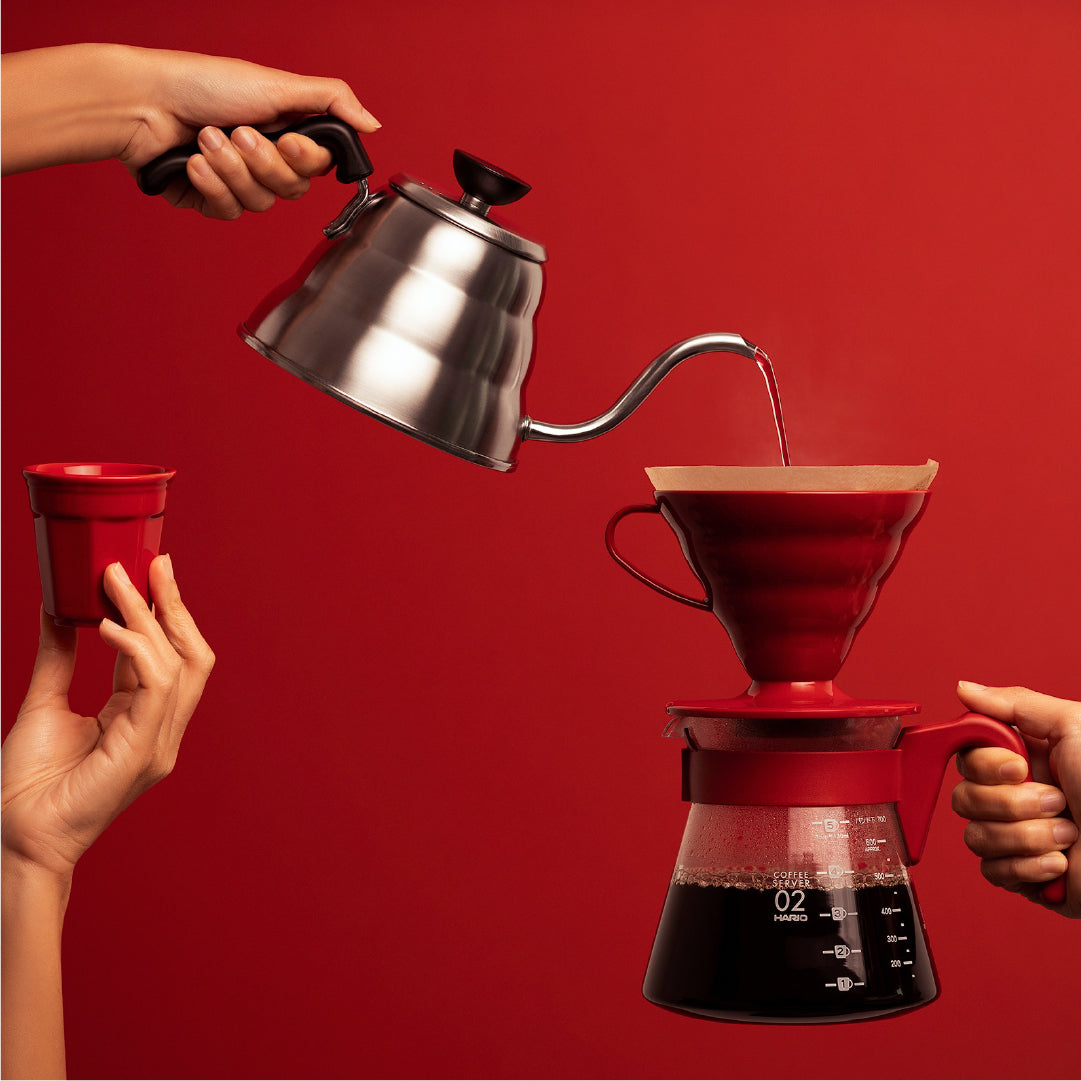
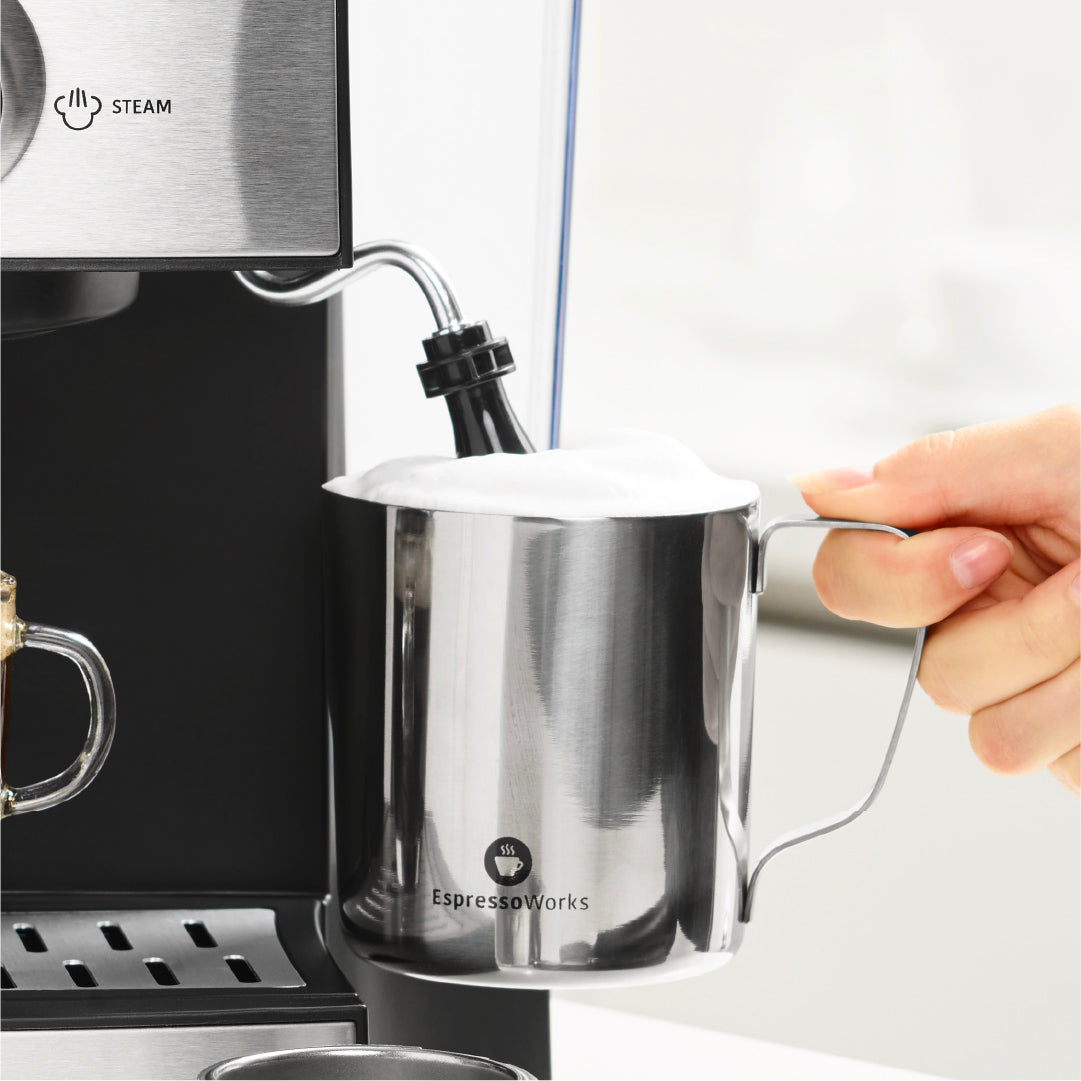
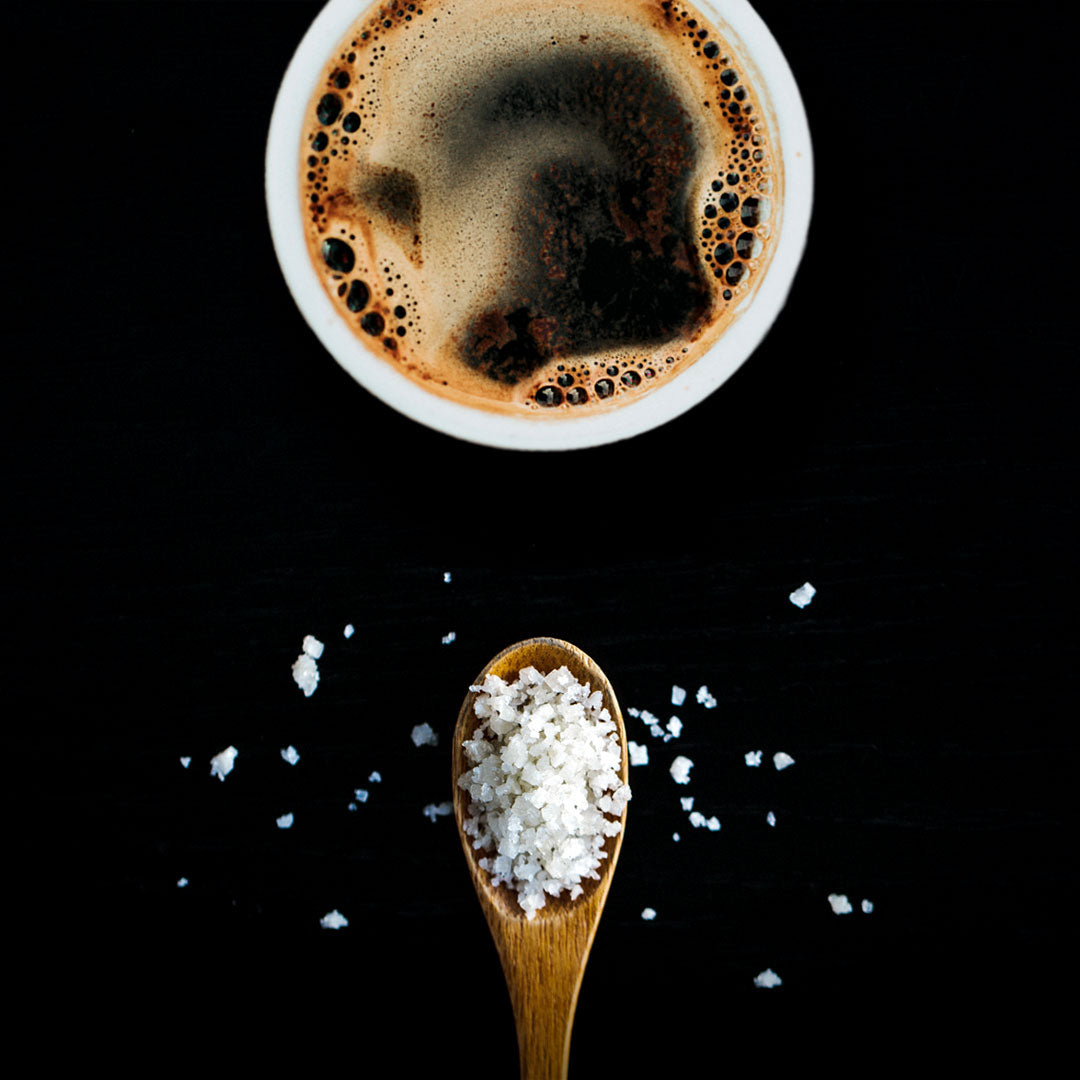
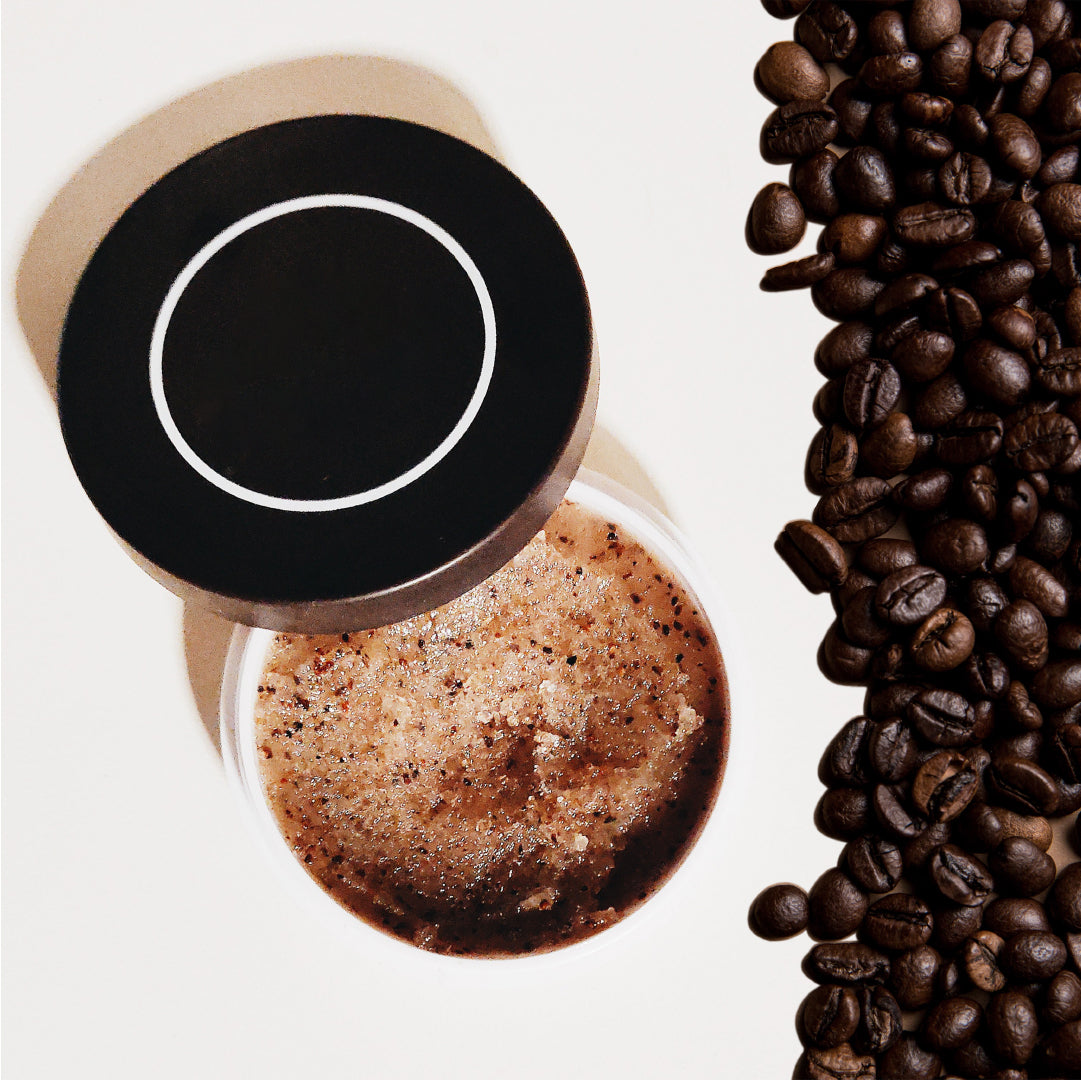
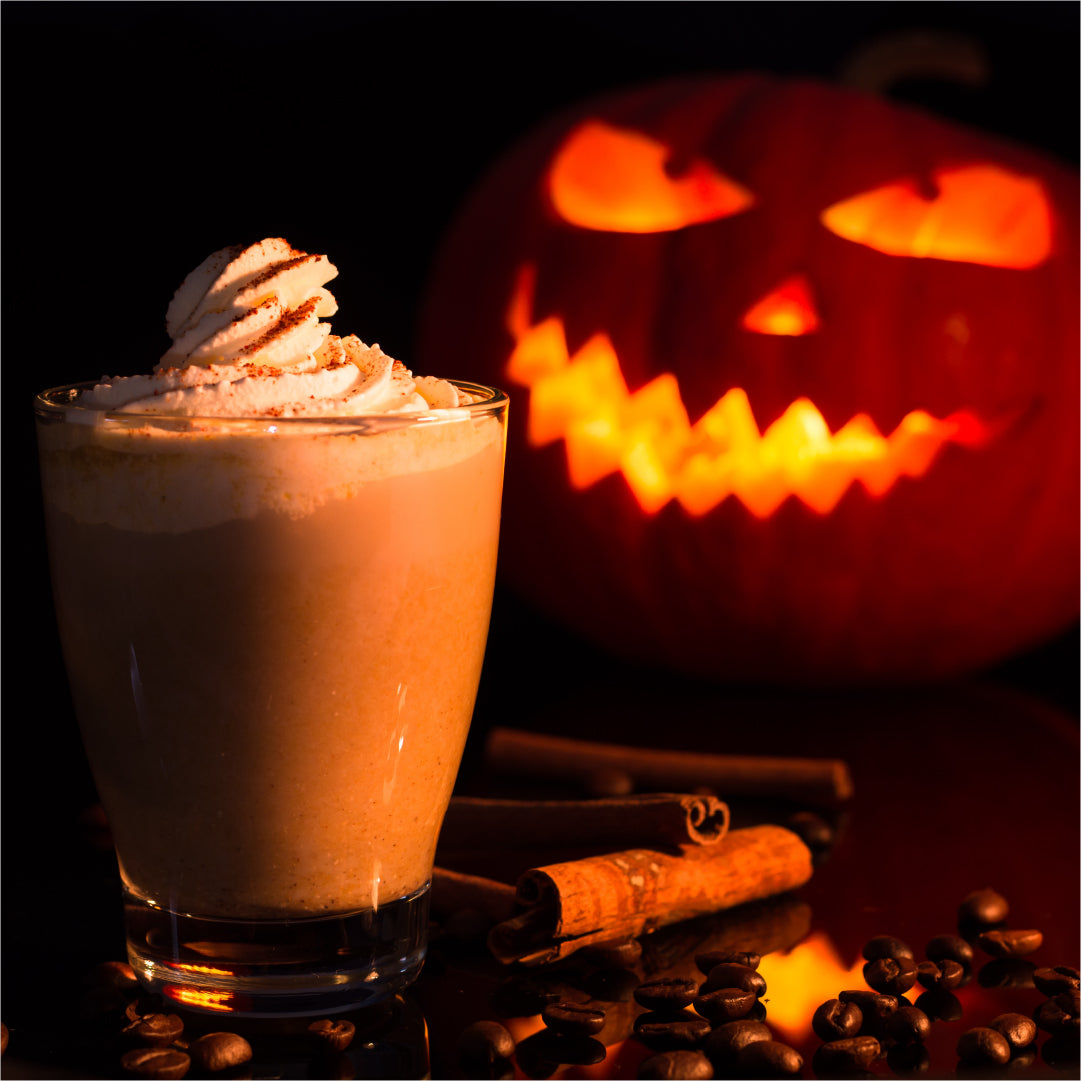
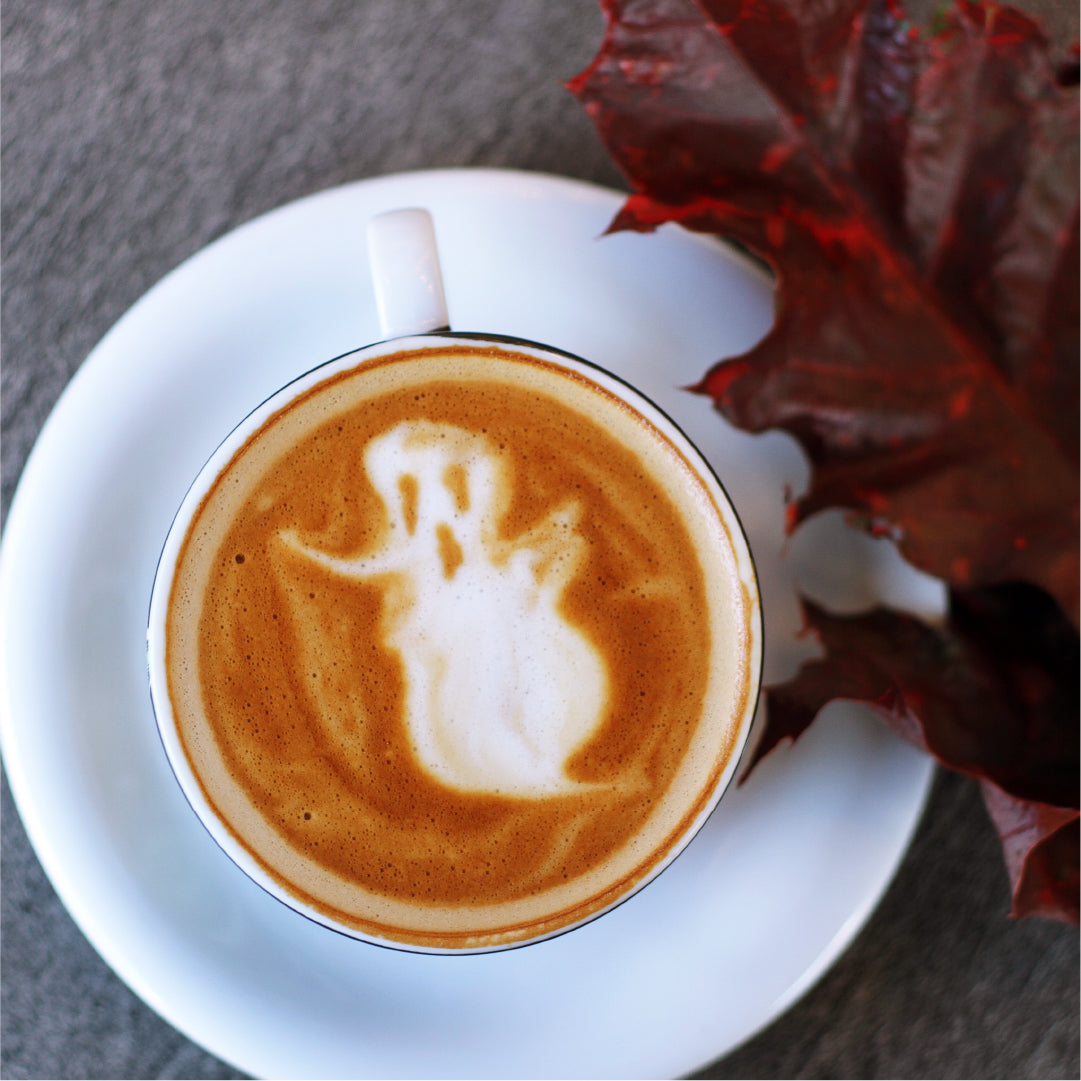
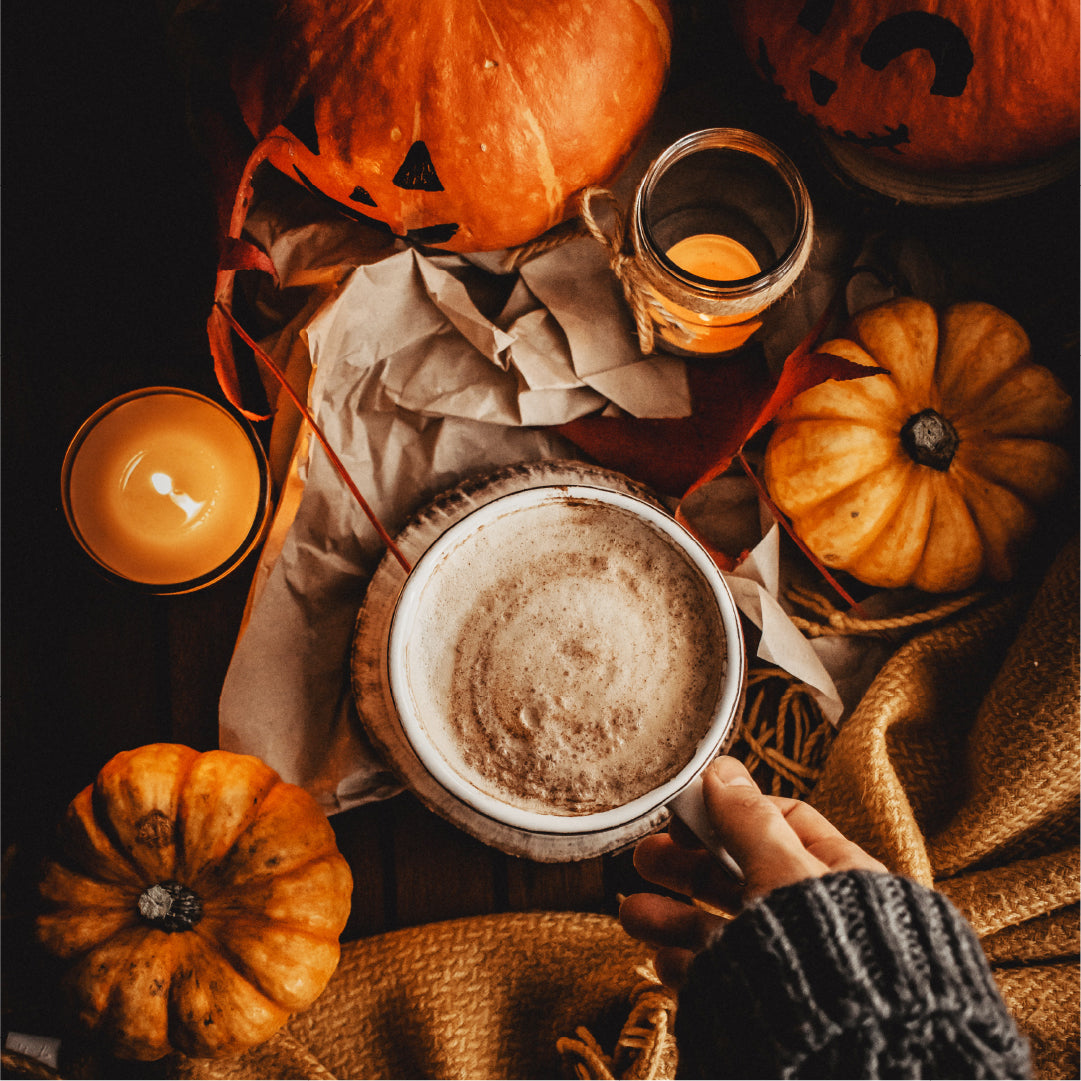
Share:
Brew Up Some Knowledge: Fun Coffee Facts
Holiday Gift Guide for Coffee Lovers